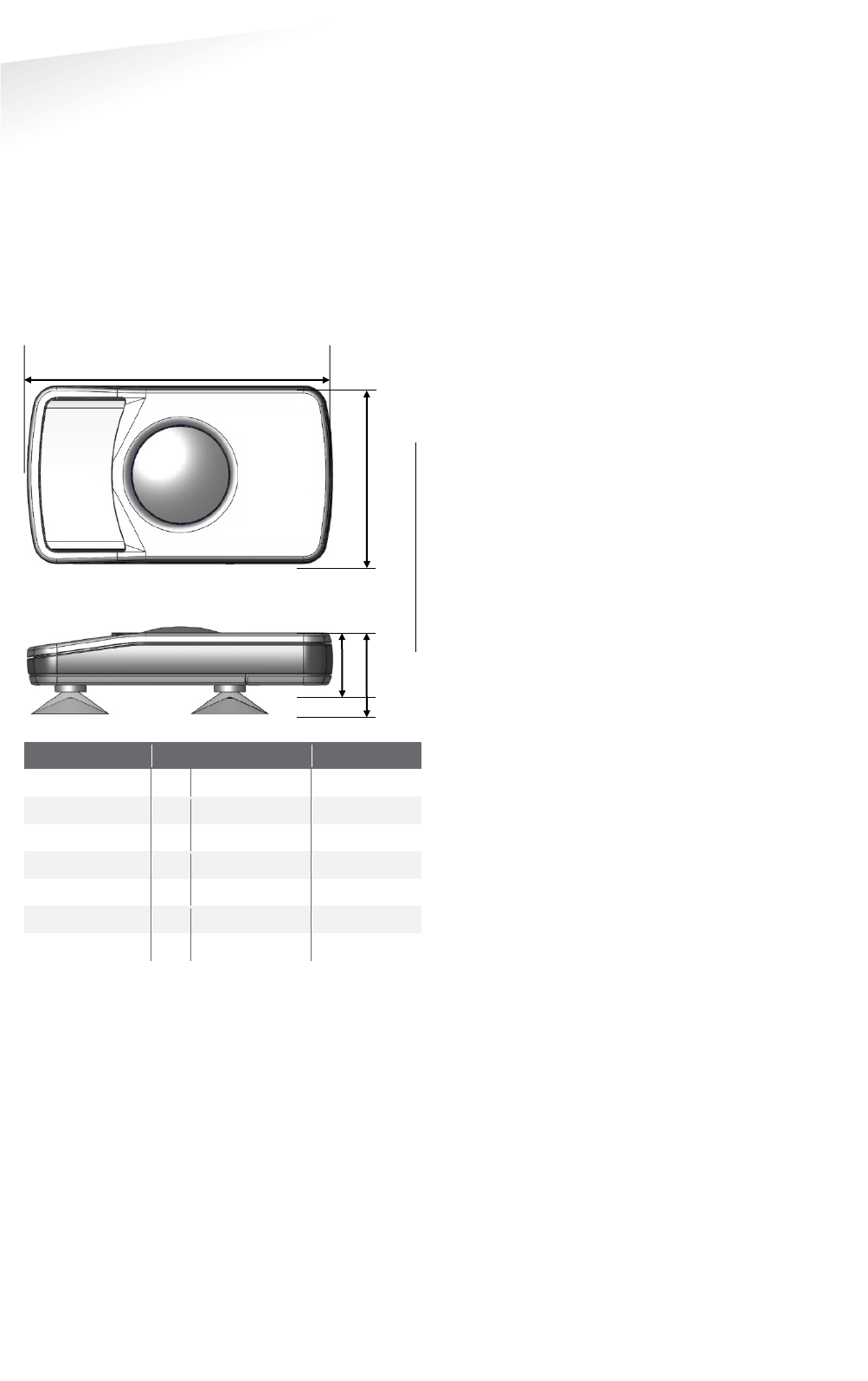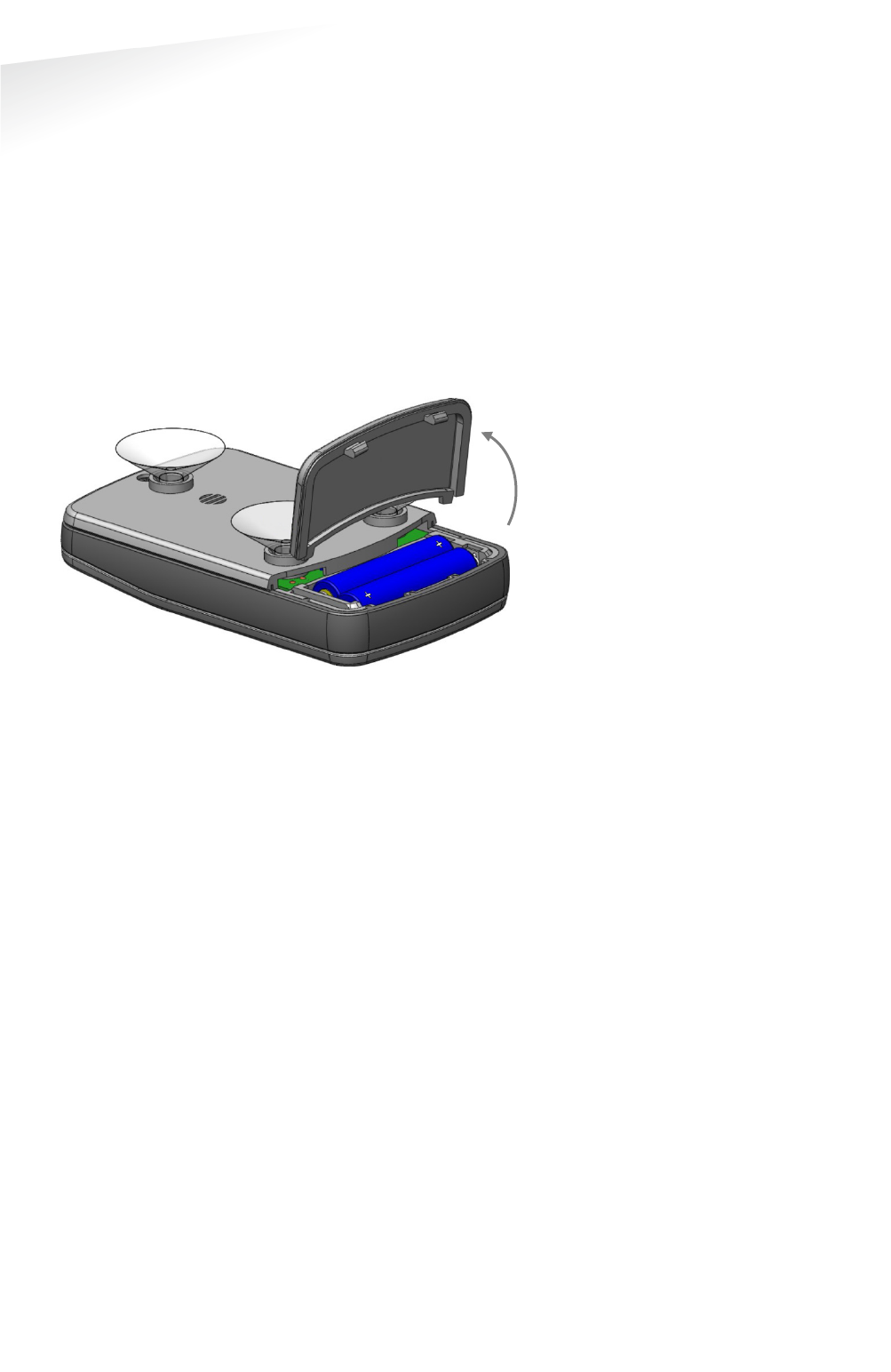Nedap N V TAGULTI01 Long-range vehicle identification tag User Manual Report
N. V. Nederlandsche Apparatenfabriek NEDAP Long-range vehicle identification tag Report
15r01_Window Tag_InstallGuide CGDTAGULTI01

installation guide
WINDOW TAG ULTIMATE

CONTENT
1 INTRODUCTION _______________________________________________________ 3
2 INSTALLATION ________________________________________________________ 4
2.1 DIMENSIONS ___________________________________________________ 4
2.2 TEMPERATURE CONSIDERATIONS __________________________________ 4
2.3 SOLAR CONTROL WINDSHIELDS ___________________________________ 5
2.4 HOW TO USE THE TAG ___________________________________________ 5
2.5 Theory_________________________________________________________ 5
3 BATTERY REPLACEMENT ________________________________________________ 6
A TECHNICAL SPECIFICATION__________ ___________________________________ 7
B FCC/IC STATEMENT____________ _________________________________________ 8
C DISCLAIMER____________ _______________________________________________ 8

1 INTRODUCTION
The advanced tag authentication of the WINDOW TAG ULTIMATE is only functional
when the Security Key Pack has been installed in the TRANSIT ULTIMATE.
The WINDOW TAG ULTIMATE is a long-range identification tag used in applications where
vehicles need to be identified secure, fast and convenient. The WINDOW TAG ULTIMATE will
be identified up to 10 meters [33 feet] by the TRANSIT Ultimate reader as soon as it enters the
reading zone. The WINDOW TAG ULTIMAT is designed to complement the interior of a
passenger vehicle. Integrated suction pads with industrial strength install the tag in seconds
to the inside of a windscreen.
Read-only
The WINDOW TAG ULTIMATE is read-only factory programmed with a unique customer specific
security code, a customer defined tag ID number and unique AES128 authentication encryption
keys. The part number, tag ID number and date of manufacture are laser etched into the back
case of the tag.
Manual user activation
The WINDOW TAG ULTIMATE has a switch for user activation, designed for applications where
the driver determines the time and distance of reading and driver authorization is important.
The WINDOW TAG ULTIMATE will only transmit the tag ID to the TRANSIT Ultimate reader for
5 seconds when the switch is activated.
3/9

2 INSTALLATION
2.1 DIMENSIONS
Dimension
Length
X
111 mm
4.37 "
Width
Y
65 mm
2.56 "
Height
Z
32 mm
1.26 "
Body height H 24 mm 0.95 "
Tacho wire
wire length
1700 mm
67 "
wire thickness
2 x 0.25 mm
P
2
2 x AWG 23
2.2 TEMPERATURE CONSIDERATIONS
X
Y
H
Z
The Tags are easily mounted to the inside of the car’s windshield by means
of suction cups. Users should ensure the visual contact between the Tags and any
TRANSIT reader is unobstructed with items such as stickers or metallized windshields
(see also chapter 2.3 about solar control windshields).
Note that the Booster's suction cups must be faced toward the reader to achieve
maximum reading distance.
The Tag is designed to operate within the extreme temperature ranges, which
often occur behind a vehicle’s windshield during the winter or summer seasons
(-20°C to 85°C / -4°F to +185°F). However the personal identification card inserted in
the Tag may not be designed to withstand such temperatures and could suffer
damage as a result.
Nedap recommends to remove the personal identification card when not in use.
4/9

2.3 SOLAR CONTROL WINDSHIELDS
.
From 1997 onwards several car manufacturers introduced vehicles with solar
control windshields. The solar control windshields are equipped with a metalized
coating, which can block the TRANSIT signal from the Booster mounted on the inside
of the windshield of the vehicle.
Most of these windshields have a metal free zone where transponders can be
mounted. The metal free zone of metalized windshields is most often found in the
middle of the windshield behind and slightly below the rear view mirror. In vehicles
manufactured after 1998 the metal free zone should be indicated on the window.
We advise the owner to contact the local car dealer if it is not clear where the aperture is exactly positioned in a certain
vehicle and where the transponder should be mounted.
Place the Tag on the inside of the windscreen of your vehicle as described in
chapter 2. The driver inserts his personal identification card and activates
the Booster’s button.
A beep should indicate that the card was successfully read. A low beep indicates
that card reading failed. The TRANSIT reader can identify your card up to a distance
of 10 meters (=33 ft).
After 5 seconds the Tag returns into sleep mode. The Tag will remain active
when in 'always-on'-mode.
2.4 HOW TO USE THE TAG
2. 5 Theory
The Tag is a battery operated passive tag. The information from the tag is sent to
the reader by a method called modulated backscatter. This means that the 2.45 GHz
signal coming from the reader's antenna is modified in such way that it can be
recognized by the reader
5/9

3 BATTERY REPLACEMENT
The Tag contains two replaceable non-rechargeable AAA batteries.
The average lifetime of these batteries is approximately 5 years. When replacement
becomes necessary follow the procedure below.
• 1 Open the battery compartment.
• Remove both batteries. Follow local environment protection laws /
regulations for disposal of used batteries.
• Replace with two new batteries. Make sure that the polarity matches the
indicated polarity. Refer to appendix A for battery requirements.
• Close the battery compartment and verify if the Tag is working properly.
6/9

A TECHNICAL SPECIFICATIONS
Dimensions
111 x 65 x 24 mm (4.4 x 2.6 x 1.0 in)
Weight
120 gram (4.2 oz)
Protection
IP32
Approx. NEMA 2
Operating temperature
-20°C … +85°C (-4°F … +140°F)
Storage temperature
-40°C … +85°C (-40°F … +140°F)
Color
Grey
RAL 7016 / RAL 7040
Relative humidity
10% … 93%
non-condensing
Identification range
Typically 10 meters (33 ft)
line-of-sight required
Battery, size AAA, 1.5V 2 x Duracell Procell PC2400 Or equivalent
(I
R
max
R
< 8A, < 100VA)
7/9

B FCC / IC STATEMENT
Compliance statements (part15.19)
This device complies with part 15 of the FCC Rules and to RSS210 of Industry Canada. Operation is subject to the following two
conditions:
(1) this device may not cause harmful interference, and
(2) this device must accept any interference received, including interference that may cause undesired operation.
Cet appareil se conforme aux normes CNR210 exemptés de licence du Industry Canada.
L'opération est soumise aux deux conditions suivantes:
(1) cet appareil ne doit causer aucune interférence, et
(2) cet appareil doit accepter n'importe quelle interférence, y inclus interférence qui peut causer une opération non pas voulu de cet
appareil.
Warning (part15.21)
Changes or modifications not expressly approved by party responsible for compliance could void the user’s authority to operate the
equipment. This in particular is applicable for the antenna which can be delivered with the WINDOW TAG ULTIMATE System.
RF Exposure (OET Bulletin 65)
To comply with FCC RF exposure requirements for mobile transmitting devices, this transmitter should only be used or installed at
locations where there is at least 20cm separation distance between the antenna and all persons.
Information to the User (Part 15.106(b))
Note: This equipment has been tested and found to comply with the limits for a class B digital devices, pursuant to part 15 of the FCC
Rules and Canadian ICES-3. These limits are designed to provide reasonable protection against harmful interference in a residential
installation. This equipment generates, uses and can radiate radio frequent energy and, if not installed and used in accordance with the
instructions, may cause harmful interference to radio communications. However, there is no guarantee that interference will not occur in
a particular installation. If this equipment does not cause harmful interference to radio or television reception, which can be determine by
turning the equipment off and on, the user is encouraged to try to correct the interference by one or more of the following measures:
- Reorient or relocate the receiving antenna.
- Increase the separation between the equipment and receiver.
- Connect the equipment into an outlet on a circuit different from that to which the receiver is connected.
- Consult the dealer or an experienced radio/TV technician for help.
FCC ID : CGDTAGULTI01
IC : 1444A-TAGULTI01
8/9

C DISCLAIMER
This information is furnished for guidance, and with no guarantee as to its accuracy
or completeness; its publication conveys no license under any patent or other right,
nor does the publisher assume liability for any consequence of its use; specifica-
tions and availability of goods mentioned in it are subject to change without notice;
it is not to be reproduced in any way, in whole or in part, without the written consent
of the publisher.
9/9